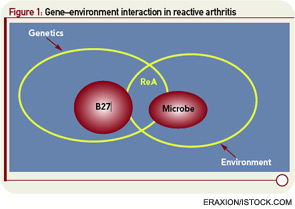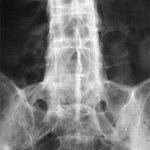My foes are ever near me Around me and within.
—J. E. Bode
Infectious Beginnings
In the canonical medical textbook of his day, Sir William Osler, MD, a founder of modern medicine at McGill, Johns Hopkins, and Oxford Universities, provided the following comment: “In recent years, the view that arthritis has an infectious cause has been gaining ground, although as yet positive bacteriological evidence is lacking. No consistent association with any organism has been proved” (Principles and Practice of Medicine, 3rd Edition, 1898). This state-of-the-art conclusion was influenced by the changing concepts of infectious disease at that time. Louis Pasteur’s insights into the microbial world had set the stage for advances in microbiology by the great German scientist Robert Koch, MD, winner of the Nobel Prize in 1905. Within two years of his arrival in Berlin, Dr. Koch began to use a recent technical advance, the Petri dish, named after its inventor, his assistant Julius Petri.
With the new microbiological techniques, Dr. Koch went in search of the bacterium causing tuberculosis, which at that time was the cause of one in seven deaths in Europe. At a meeting of the Physiological Society of Berlin on March 24, 1882, he announced that he had isolated and grown the tubercle bacillus. Dr. Koch postulated four basic prerequisites for proof that a microorganism causes a disease:
- The organism could be isolated in every case of the disease;
- It could be cultivated in pure culture;
- Cultured organisms could induce the disease in experimental animals; and
- The organism could be recovered from the infected experimental animals.
These principles set the bar high, to this day, in demonstrating causality in the infection–arthritis interface.
At the same time, Ilya Metchnikoff had established a private laboratory at Messina, Italy, to study comparative embryology. There he discovered the phenomenon of phagocytosis after experimenting on the larvae of starfish. His theory—that specific white blood cells could engulf and destroy harmful pathogens such as bacteria—was met with skepticism from leading specialists, including Pasteur. Nonetheless, the conceptual door was opened to recognizing that the outcome of infection was not solely the domain of the invader, but very much dependent on the strength of host defenses, epitomized by the macrophage. The battle lines were drawn for defence of the host. For an astute observer of disease like Osler, it was not a stretch to imagine that arthritis, like meningitis or cellulitis, would turn out to be infectious in origin.
Self, Streptococcus, and Immunity
In 1949, Sir Frank Burnet borrowing a concept well established in psychology by Freud and Jung, first used the term “self” in the context of immunology. With this foundational principle, Burnet proposed in 1955 that the fundamental role of the immune system is to discriminate between self and nonself. With the clonal selection theory, he operationalized this concept to argue that protein determinants, which are regarded as foreign by the immune system, can lead to an expansion of immunocompetent cells with specificity for the antigen. Burnet was awarded the Nobel Prize in Medicine and Physiology in 1960.



